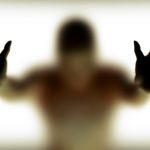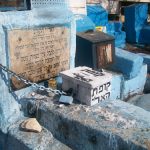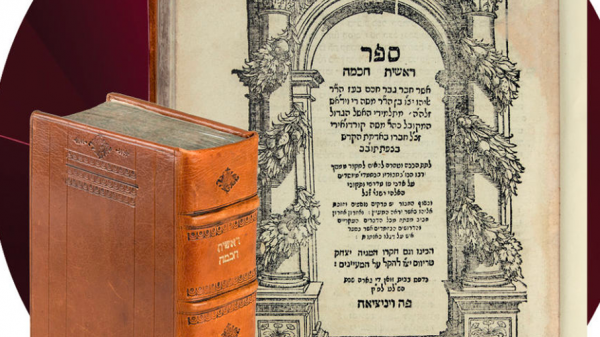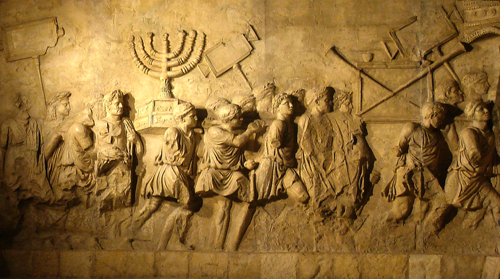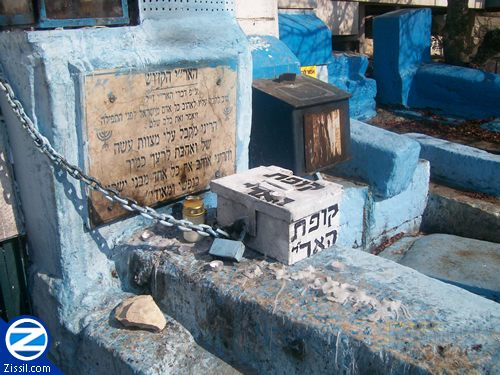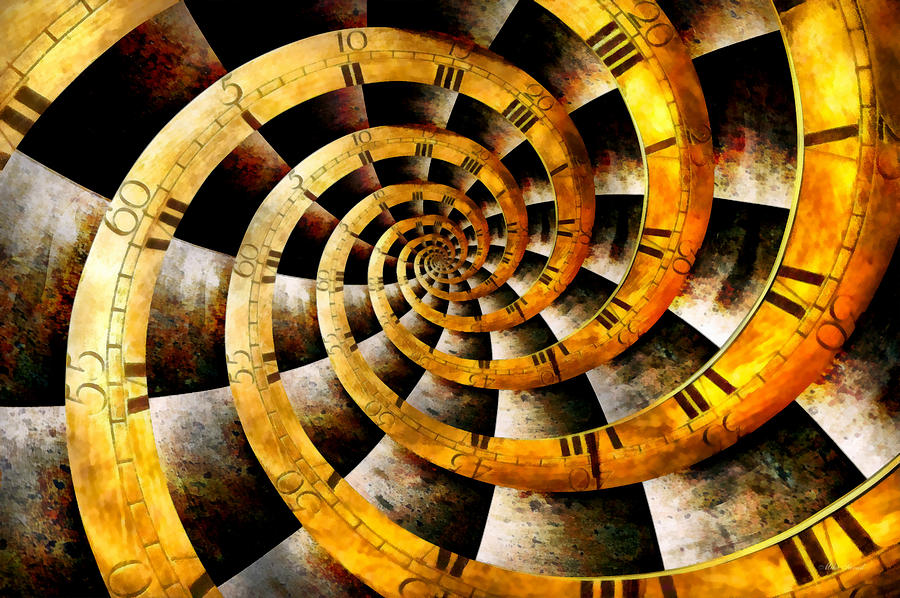Click here to download PDF
Trouble Town
In this week’s Parsha we encounter the place called Shechem. Rashi tells that Shechem is a place prone to tragedy. It was there that Dinah was raped, it was there that Yosef was sold, and it was there the Kingdom of Israel split off from the kingdom of Yehudah. What is the common denominator of these three tragedies? What about Shechem makes it a place prone for these types of tragedies?
Name Glory Kingdom
The Ariza”l revealed that She’che’m is an acronym for “Shem Kavod Malchuso”- The Name of Hashem’s Glorious Kingdom! On the surface, this would seem antithetical to it being a place of such terrible tragedies! How can we understand what the Ariza”l wants to reveal to us?
Shem and Yefes
The first time we find the term Shechem in the Torah it is a shoulder rather than a place. Noach got drunk and was unclothed. His sons, Shem and Yefes, walked backwards (so as not to see their father’s nakedness) carrying the garment on “Shechem shneihem” their joined shoulders. This partnership of kindness to their father was to set the tone for a partnership that was meant to span all generations. Noach blessed them saying: “bless Hashem the G-d of Shem Hashem should give beauty to Yefes but the Divine Presence will dwell in the tents of Shem”. Shem was designated to be the divine one, the progenitor of the Jewish people. Yefes have all that is beautiful. Noach goes on to define the arrangement between them as Shem “having the tent”. What does this mean? The “Tent” is “inner Space”. ”Issues of the spirit” which include faith, ideas, ethics and all the truths of our holy Torah can all be called “inner space”. It is from the invisible world of ideas and it resides inside man’s mind and heart. Beauty is external. “Invisible Beauty” is an oxymoron. The whole point of beauty is that it is observable- “in the eye of the beholder”. It must be out in the open to be observed and appreciated. This is the difference between the characteristics that can be measured versus essence which is invisible.
What’s in a name?
When Hashem created Adam the angels were jealous. They asked Hashem what is so great about man? Hashem answered them: “his wisdom is greater than yours”. He challenged them by passing before them all the animals and asking them what each one is called. The angels did not know what to answer. Adam upon seeing each animal gave it its Hebrew name! The Hebrew names actually is the Essence. The order of the Hebrew letters that make up a name actually represents the order of divine lights that are the core of being. The Angels were not able perceive the essence of things, which are the invisible Divine lights that are alluded to by the name. Adam was able to perceive the essence of things and hence give them their names. Both Adam and Angel could see the external characteristics equally, but the Divine lights that are the essence of things only Adam was able to perceive and hence only he knew the “names”
In & Out – The Jews and the Greeks
Thus, it is so befitting that the name of the most spiritual of Noach’s children was “Shem” which itself means name. The observable characteristics of something is its beauty, but it is not the essence. The most outstanding descendant of Yefes was the Greek civilization. Greece epitomizes everything that’s beautiful but nothing that is true essence. Even the Sciences are just measurements of the observable characteristics of the world. That is why Chazal refer to their wisdom as “Chochmos Chitzoniyos”- external wisdom. The essence of anything in the world is the name, which is the Torah’s terms for things. The partnership between shem (the name) who stands for the essence and Yefes who stands for the beauty has an expression in the relationship between the Jews and their Torah and the Greeks and their external wisdom. There is an opinion in Chazal that the books of the Tanach may only be translated into Greek. This is because of the verse mentioned before that can be understood as: “the beauty of Yefes (the Greeks) dwells in the tent of Shem. The “tent of Shem”, inner space, represents the Torah, and it can be “translated” i.e. outwardly expressed in Greek.
Beis Hamikdash – inner space
The Greeks wanted their “beauty” to be everything. That is why they breached and invaded the Beis HamikdasH. The Beis Hamikdash is Inner Space. That’s why it’s referred to often as “the place Hashem chose to have His Name dwell there”. The Greeks were making a statement that their “beauty’ which includes their philosophy and Science is everything, the external and the internal. When the Chashmonaim pushed them OUT, and rebuilt the walls that they breached, they made the laws of Ner Chanukah. Ner Chanukah sits at the door or window inside the house and shines outwards. This represents the rebuilding of the clear borders between Inner Space and outer space and that Enlightenment is the effect that the inner has on the outer!
Name vs Glory and Kingdom
With this we can go back to the words of the Ariza”l and understand what “She’che’m” represents. Just like it was the joined shoulder of Shem who is on the inside and Yefes who is on the outside, so also it is a place on the globe that represents where “in meets out”! It up for us it is an acronym for “shem”, name, which is the Inner Space, which is the realm of the Torah, and “Kavod Malchuso”, glory and kingdom. Glory comes from the outside recognition and kingdom is how to run a nation. As the holy book says: “there is no king without a nation”. “Glory and kingdom” are the outside world, “Name” is the inner World. Shechem is the place on the globe where in meets out.
Dinah Yosef and Yehuda
When Dinah went to Shechem. It’s referred to as: “And Dinah went out to see the girls of the land…” She left the inner confines of the Jewish home and wondered into outer space. Because of that, the Gentile on the outside was able to penetrate into the Jewish people. Last week we discussed the difference between Yosef and Yehuda. Yosef is a doer, always accomplishing. He showed results and was admired but all those who observed him. He also made sure to take care of his external appearance. Yehuda did not have such a glorious life on the outside, it was seemingly filled with failures. However, on the inside those failures were really successes. This is the difference between our roles as a “kingdom of priests” where we do well, we show results and “Am Segula” just chosen by Hashem to be the pawns of his (currently) invisible game, which is the hidden agenda that will only be revealed at the end of time. “Segula” is our concealed essence. The conflict between Yehuda and Yosef represents the conflict between inner world of “Segula” and outer the world of “Avoda”. The Invisible world of inner essence can sometimes be the polar opposite of what things look like on the outside. “Shechem” is the tension point between “in and out” and therefore that is where Yehuda gave the directive to sell Yosef and separate him from the Jewish people, a rift that we’re still working on repairing…
Yeravam vs Malchus Beis Dovid
Many generations down the line, this rift happened again. Yeravam who led the Revolution against malchus beis Dovid was a descendant of Yosef rebelling against a descendant of Yehuda. Yeravan cranked it up to a horrendous level. Yeravam set up roadblocks preventing the Jews to go to the Beis Hamikdash for the three regalia. To make sure that the Jews should never be motivated to circumvent his roadblocks he made a new religion and set up Golden calves. Why? Chazal tell us that he was insanely jealous. Only Kings of the House of Dovid are allowed to sit In the Azarah of the Beis Hamikdash. He couldn’t bear the thought of the nation seeing Rechavam sitting and him standing!! This is an amazing point to contemplate. The kings that are from the House of David that are descended from Yehuda are allowed to sit there because that is “their place”. They are the kings of the “Segula”, the inner world that the Beis Hamikdash represents. This explains why Dovid HaMelech wanted so badly to build the Beis Hamikdash, Shlomo built it, and the final and eternal Beis Hamikdash will be built by Moshiach ben Dovid. The real Kingdom of the Jewish people is not limited to merely managing the nation, it is the kingdom of the Inner Essence. This is what the Beis Hamikdash represents, “the place Hashem chose to have His Name dwell there”. That is the final refined form of the “Tent of Shem”. This is why the kings of the House of Dovid are the ones that build the Beis Hamikdash and rightfully sit in the Azarah, it is “their place”.
Sewing up the rift
At the end of time the rift between in and out will finally be unified. As the Navi (Tzefania 3:9) says “……..all nations will call in the Name of Hashem and serve Him “Shechem Echad” – in a unified shoulder (=in total Unison)”. “Shechem Echad” -Shem and the Kovod and Malchus be sewn up in a perfect Unity. The “in” and “out” will no longer compete, but only work together! The flow of influence going from “in” to “out” and then the “out” will add beautiful expression to the Inner Essence




